Our Art Specialist Priyanka has a passion for ‘Process Art’ and is very excited to share the reasons why
My story...
At the grand old age of 43, I realise and recognise just how lucky I am to be an adult who can tap into my free, creative self with very little effort.Personally, I am almost certain it comes from having been given the opportunity to learn through play in preschool, having had free reign and regular use of the easel, the sand box, paint and other art material and opportunities for open-ended play.I had an excellent teacher who I remember fondly to this day, and I was very fortunate that my parents had the foresight and almost avant-garde in their thinking by enrolling me into such a setting in the 1980s in a quiet little country like Nepal!

They recognised how important Early Years Education was and I am convinced it has played a key role in my being a creative adult. It has given me the confidence to carve out a career in Art – creating it as a practising Artist as well as sharing my knowledge as an Educator.As the name suggests, the difference between product and process art is that the former focuses on the end-result (how the art should look!), while the latter focusses on the magic that occurs in the time that is spent creating the art.
Why is process art important?
Pre-schoolers need to be given opportunities to learn how to hold and handle different art materials. It allows them to explore, experiment and innovate. The act of manipulating materials and learning to use them is an educational activity and a vital part of a child’s development.With the art focused on experience and exploration, children learn how to make decisions, problem solve learn from mistakes and persevere when things get frustrating. True creativity is not about copying something that exists but about creating something unique that expresses the artist’s feelings, experience, mood and perception of the world.The best time to develop children’s creativity is during the Early Years when learning is at its peak. This is when learning is effortless and lasts a lifetime. What a child learns in these years will set them up for their entire learning career and life as an adult.Creativity is a skill that will set them up for the rest of their lives. It is more important than ever before where jobs and careers are changing, and a creative brain will become necessary to stand out from the crowd and succeed in this world.
How can we offer Process Art to children?
Simply, by giving children the space, time, materials and the opportunities to get creative with no step-by-step instructions.By doing so, we allow them to create “process art” which is unique and original. Process art is free, open-ended art which allows children to choose what materials to use, how to use them and what to create.Creating something original also gives them the opportunity to find their voice. It allows self-expression but quite literally also promotes speech and language as it is more likely that they would want to talk about their unique creation.Practitioners can introduce children to different subjects and materials, show them how something is used. Setting out “provocations” which will encourage them to think independently, explore and experiment, predict, plan and make decisions, will give them a huge sense of achievement which is all great for their self-esteem and confidence building. It also encourages them to take risks, problem solve and develop a sense of innovation.

Priyanka’s top tips!
The simplest way to approach process art is like approaching open-ended play. Presenting children with a variety of materials and allowing them to lead the art experience gives them a space and opportunity to relax, focus and express their feelings which is vital for their well-being. It also gives them the space to have an opinion.As adults, notice and comment on what you see!If making art alongside others, it becomes a social experience with the collaboration, comparison, sharing and problem solving together.Besides their Personal, Social and Emotional Development, Communication and Language, Literacy, Expressive Art and Design, Mathematics and Understanding the World, making art from when children are little also helps build those important muscles which develops their gross and fine motor skills and prepares them for eventually learning to write.It shows how presenting children with regular opportunities to create process art meet all seven areas of EYFS learning which is paramount to their all-round development.It's because of this that any way we can find to simplify the sights and sounds that reach a young child’s eyes and ears, the better. Children learn language better when they hear just one person speaking against a background of silence. And for a baby, for example, it can be a struggle for their young brain to ‘find’ where the faces are within their field of view. This is so easy for our adult brains that we don’t even realise that it’s a challenge – but it is for babies. If they’re seeing faces against a plain white background then it’s easier for their brains to work out where the faces are than if they’re seeing faces against a complex, bright, colourful background.
Art at Fennies

As I go around the nurseries at Fennies, I invite the children to try different art materials and techniques. These may link to their interest at the time, or I may introduce them to an artist, a book or a subject to inspire them and to use as a starting point/provocation.These opportunities give them new outlets for self-expression, exploration, innovation and experimentation, which in turn encourages them to use and develop their imaginations, creativity, communication and language, self-confidence and self-esteem to name a few.The activities also have physical benefits like helping them develop their gross and fine motor skills which will eventually aid their learning to write. Since starting at Fennies, the children have been introduced to a plethora of new materials and made clay snakes to building 6ft.+ tall junk modelling sculptures and everything in between which has been a great fun and an incredibly rewarding experience watching them develop and grow in confidence and skill!
FAQ
Subscribe to our newsletter
Stay up to date with Fennies news



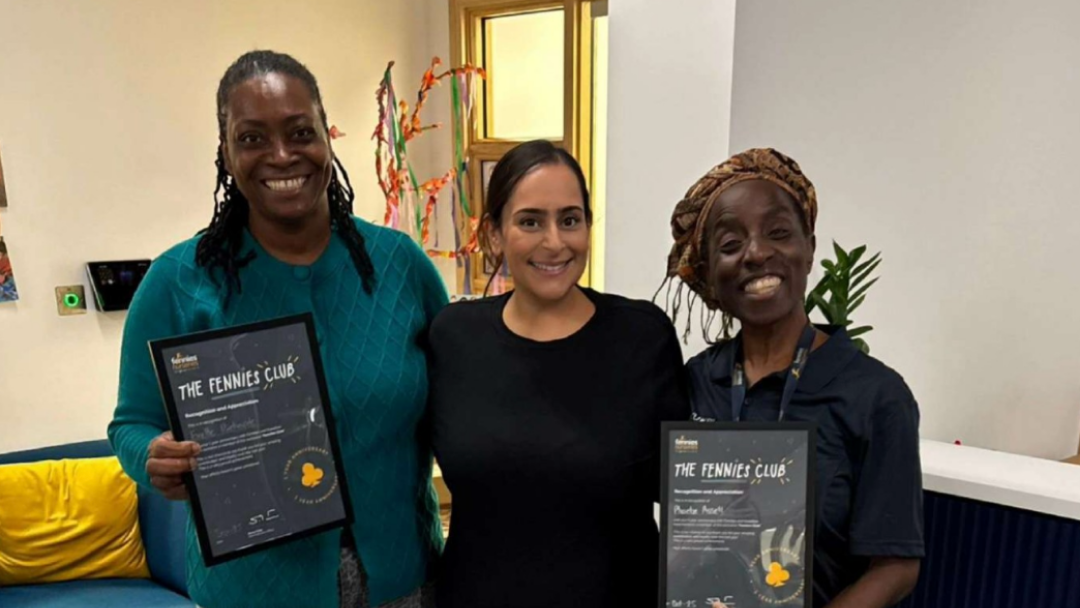
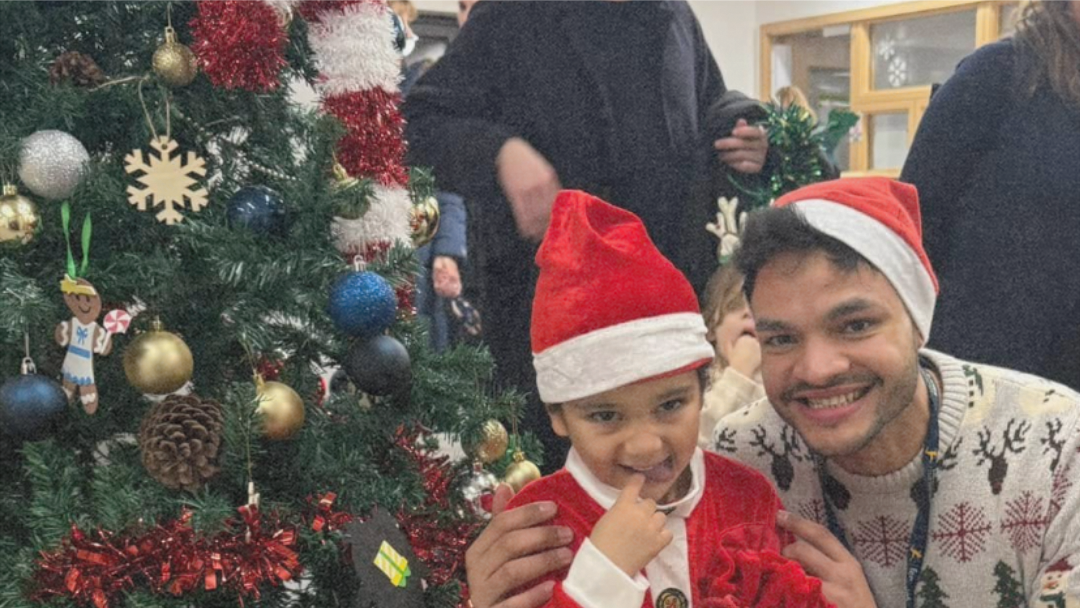
.png)
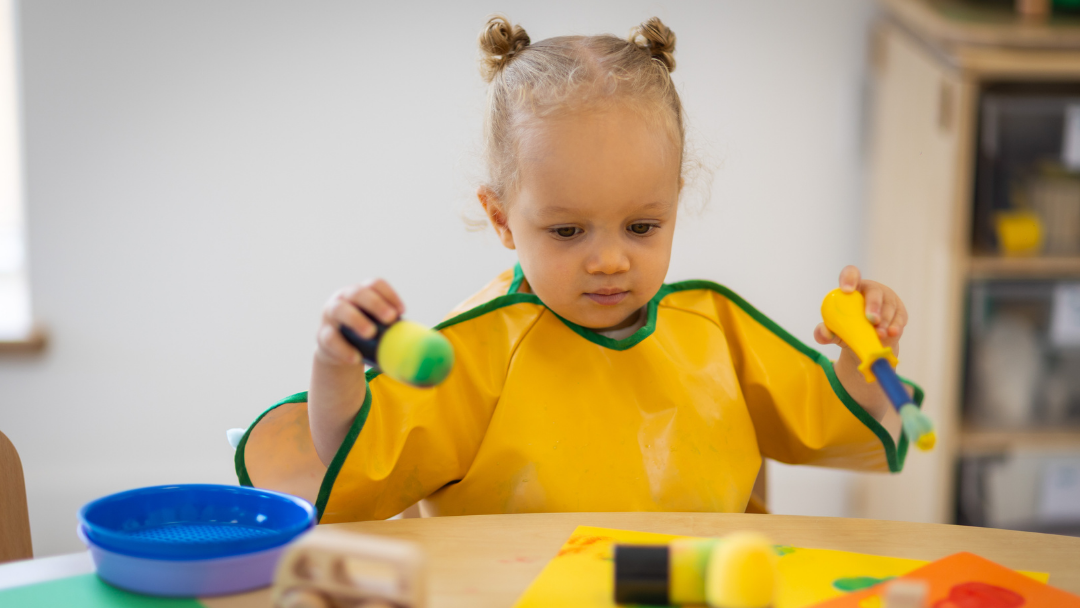
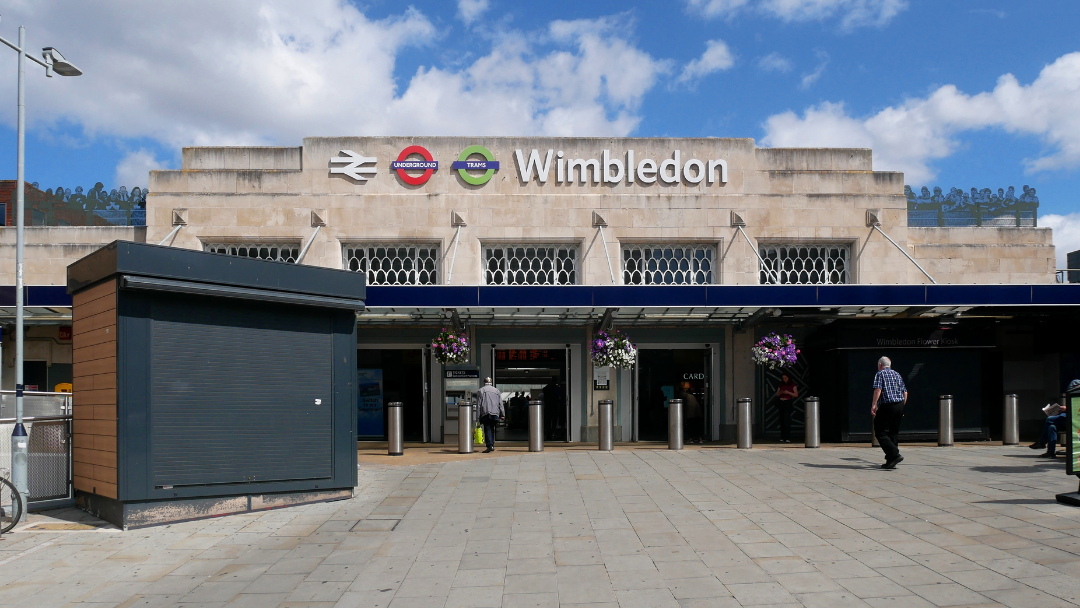

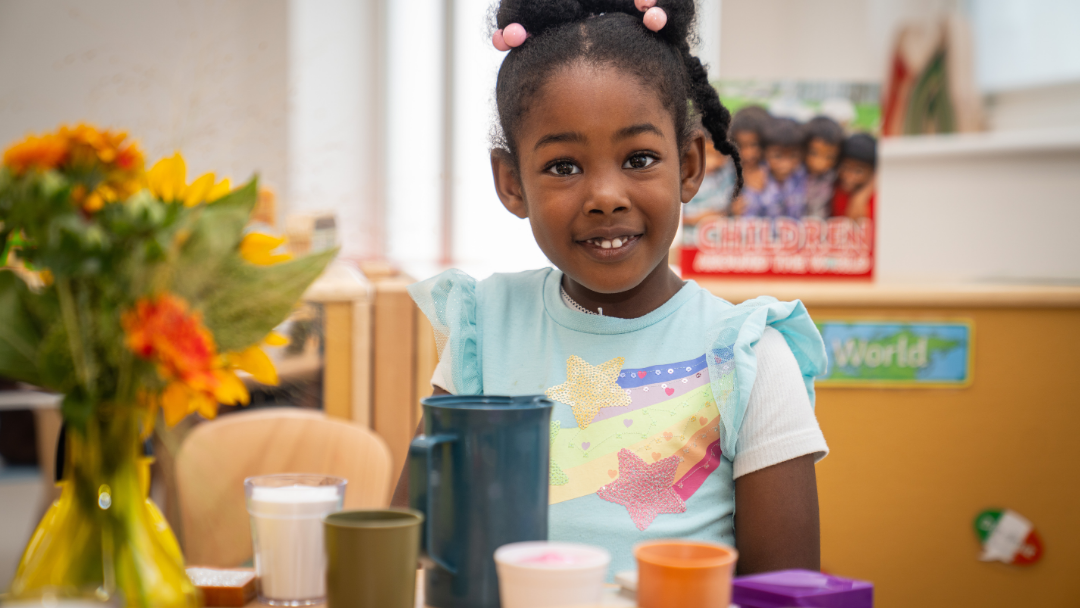
.png)